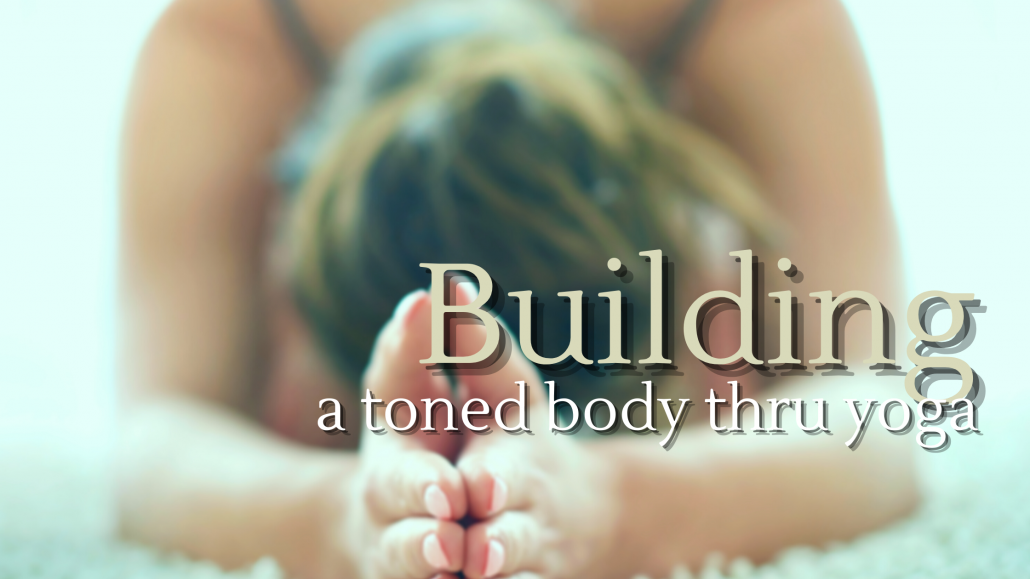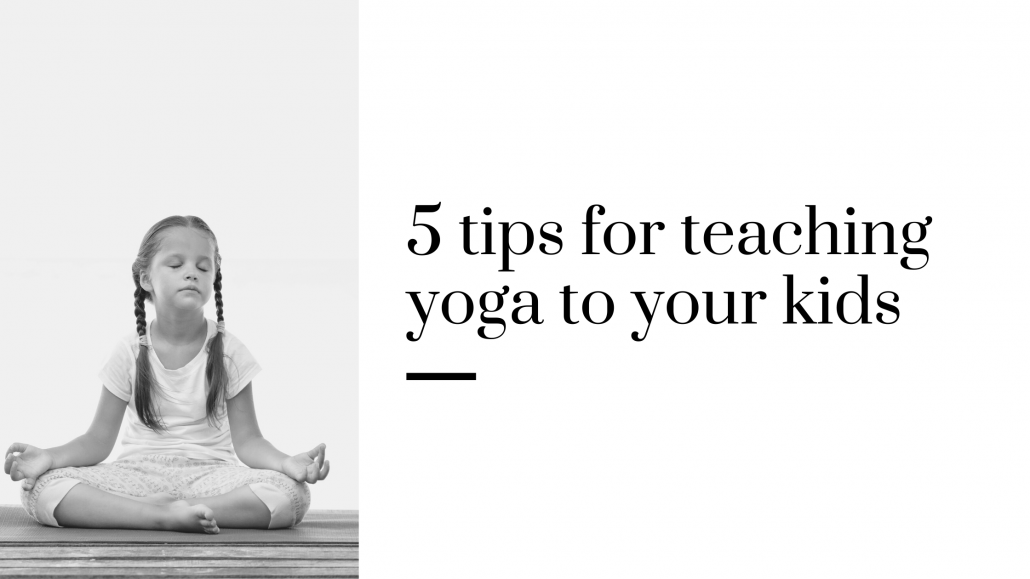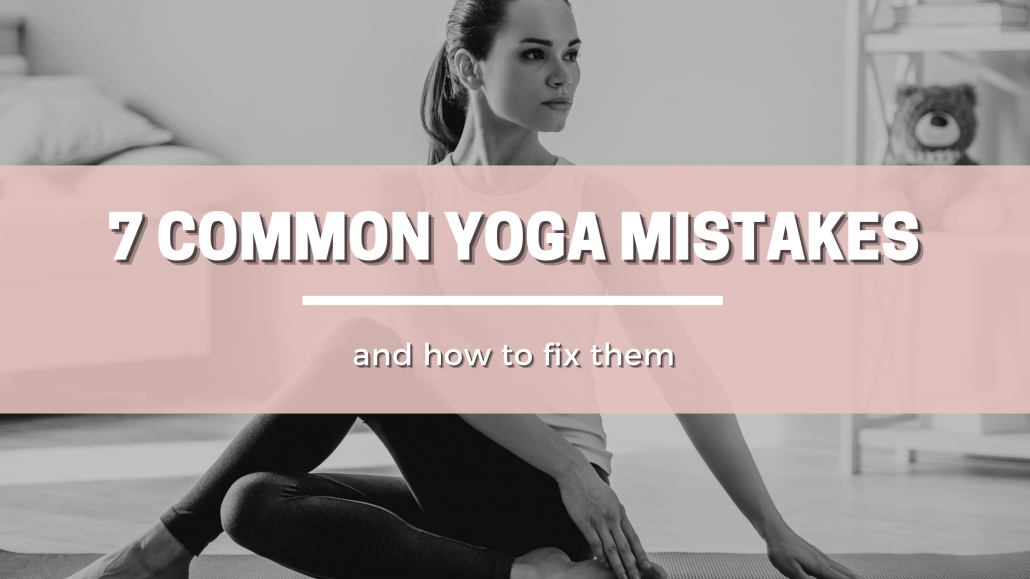Why Do We Use Sanskrit in Yoga?
AUM or Om ( Sanskrit : ॐ) is a sacred sound or vibration from which all the manifest universe emanates.
Whether you’re new or a seasoned yogi, chances are you’ve heard at least a few Sanskrit words. Sanskrit is the ancient language the first yogis spoke and the language in which many historic yoga texts were written.
At Yoga Fever we teach Sanskrit in our teacher training courses, but we also use it often throughout our classes (not ALL of our teachers use it!). I personally love teaching Sanskrit, as it connects us to the history and origins of the practice, helping students better understand where the practice came from.
More and more, people are coming to understand that there’s a deep and rich philosophy beneath yoga practice. Sanskrit is the language by which that philosophy lives, breathes, and flows.
Why Do We Use Sanskrit?
Sanskrit literally connects us to the classical form of yoga that has been orally repeated for thousands of years.
When we use Sanskrit in our classes, we help students like you not only follow our directions but also get the most out of each session. Each Sanskrit word is believed to have its own consciousness, and pronouncing the word allows you to tap into that consciousness.
Through Sanskrit students are able to understand spiritual concepts that aren’t readily available in English. No other language can translate the mystical, transcendent, and divine as effectively.
It’s important for all of us, both teachers and students, to remember to be patient. We teachers repeat certain Sanskrit pose names often throughout class, as it often takes up to seven repetitions of a word for most people to remember it. Learning a foreign language takes a long time, but understanding some of the roots and most common words is a great first step! Read on my studious yogis.
Sanskrit Crash Course
Asana– This word refers to the poses that compile the physical practice of yoga. Maybe you’ve noticed that each individual pose ends in “asana.” For example:
Sukhasana- Easy Pose (the cross-legged, sitting position usually taken at the end of class)
Balasana- Child’s Pose
Ardha– A word which means “half,” ardha is used in poses like Ardha Chandrasana (Half Moon pose).
Namaste– The universal greeting, namaste is a combination of two Sanskrit words: nama, which means “bow” and te, which means “you.” It can be translated a number of different ways, but I often explain it like this: “the light within me recognizes and honors that very same light within you.”
Kona– This component means “angle,” or “corner.” Examples include Utthita Parsvakonasana (Extended Side Angle pose) and Trikonasana (Triangle pose). I bet you can think of more!
Supta– This component means “reclined” and is used in many poses that ask you to lie on your back, such as Supta Padangusthasana (Reclining Hand-to-Big-Toe pose).
Ujjayi– You’ll hear us refer to this yoga breathing technique as “ocean-sounding breath.” It’s practiced with a slight constriction in the back of the throat so that an audible sound can be heard.
Now that you have a basic understanding of a few Sanskrit words, come attend one of our yoga classes. You’ll be excited to discover how much of our yoga practice includes these simple components!








